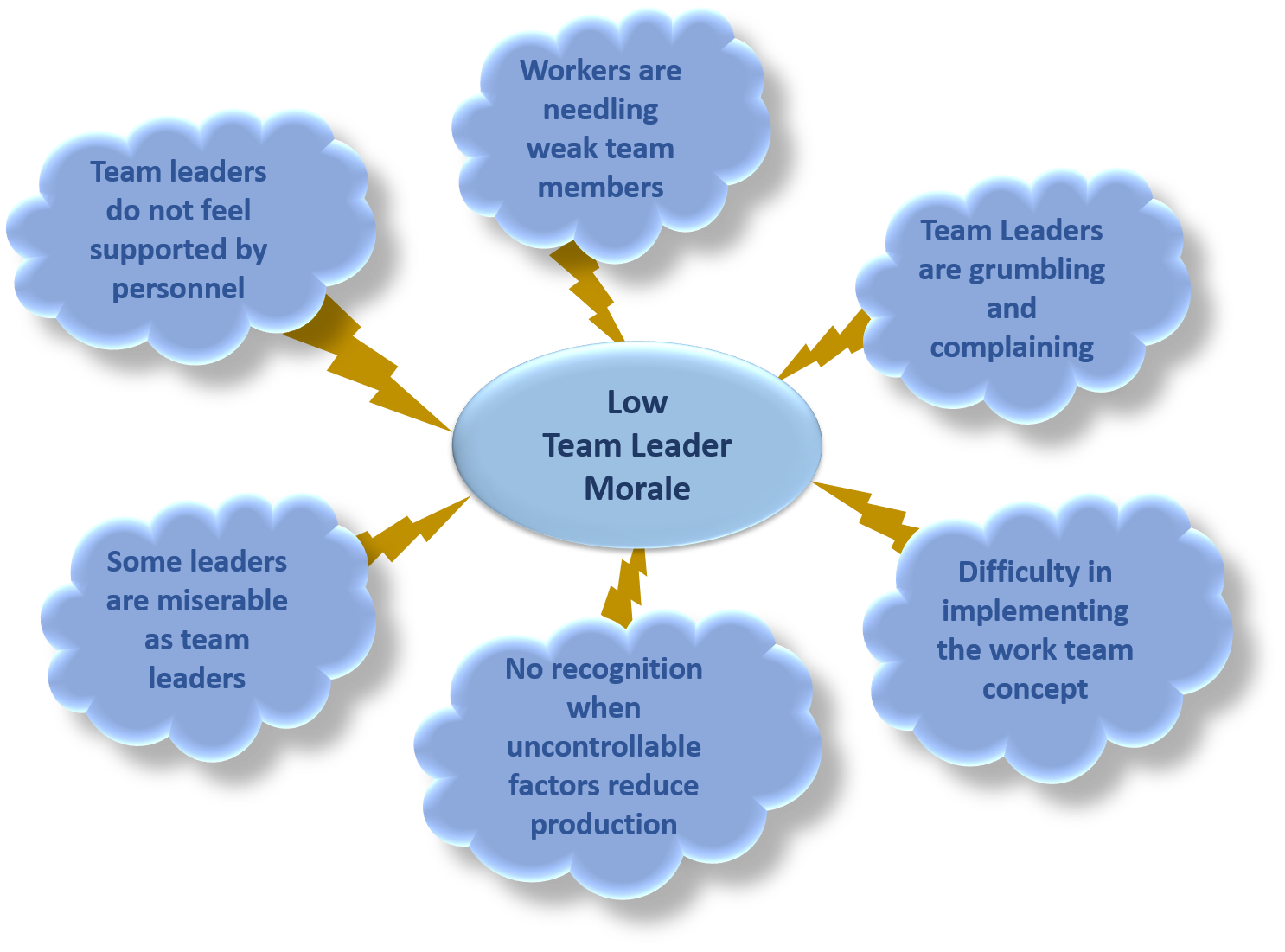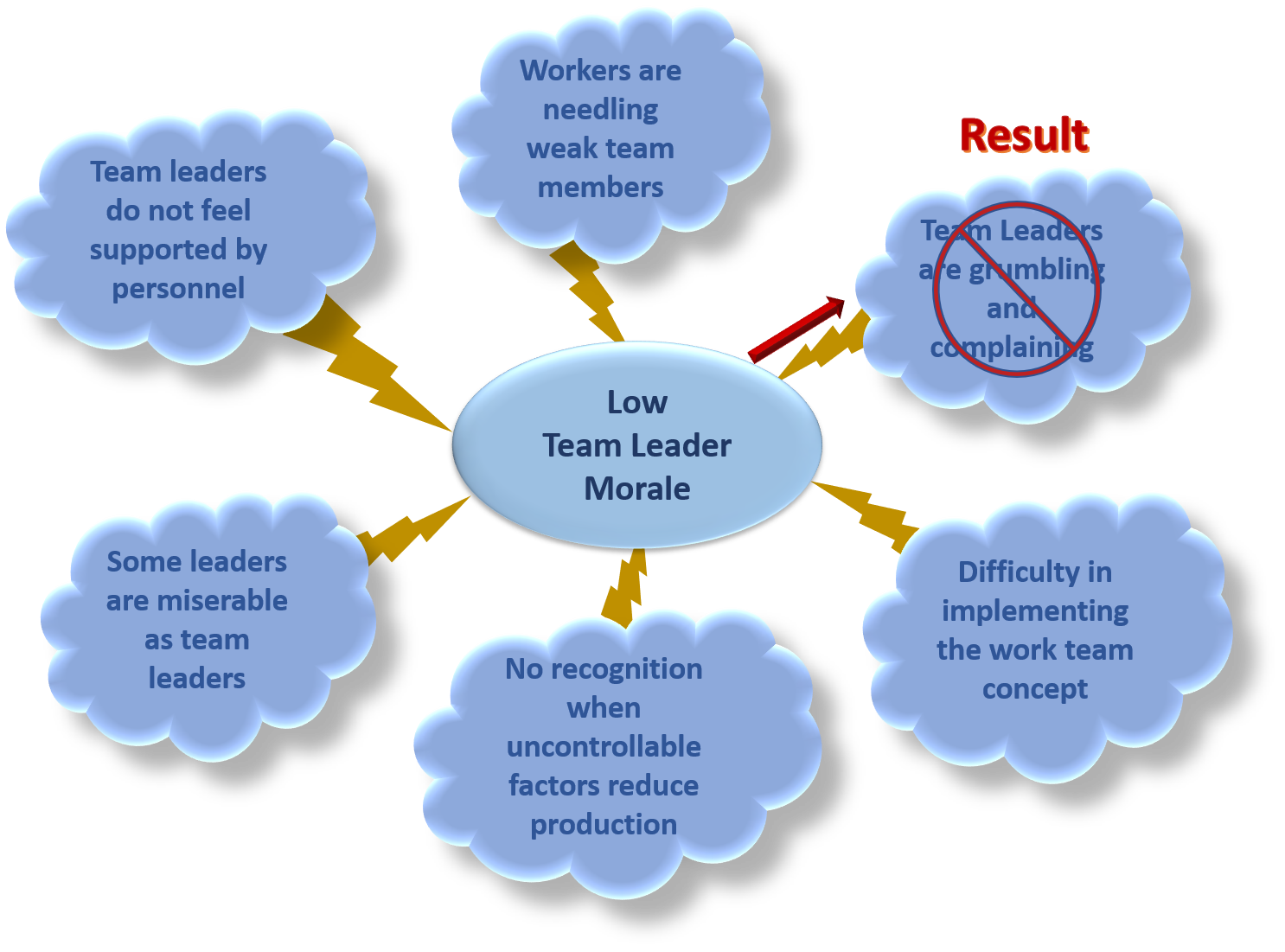Accurate problem assessment is the most critical step in the effective problem-solving process. During assessment, a manager gathers all information about the problem determine the real problem or root cause and formulate alternative problem statements.
Write Down The Problem
The first step in using Situation Analysis is to make the problem statement visible. Write it down!

Separate The Problem Into Its Related Parts
Separating the pieces of a problem allows you to focus your energy on those areas that most affect the first problem – and at the same time let you see the problem. At this point, you do not have to analyse or conclude anything. Just jot down as many parts and pieces of the problem as you can think of.
Click here to view a video about Old Jake.
Click here to view a video on how to apply the situational analysis process.

Determine Which Parts of The Problem Are Probable Causes And Which Are Probable Results
Now decide which of the separate pieces are “causes” and which are “results of causes”. To fix a mess, you must attack the causes, not the results. When four people who work for you suddenly quit their jobs, you do have to replace the people. But you do not stop there! To fix the cause of the problem, you must find out why they quit.
You have not solved the real problem just by replacing the employees. So, when you analyse a messy situation, you need to determine the probable causes – and first act on them, not on the results.
You can show a probable cause by drawing an arrow pointing toward the problem situation and a probable result with an arrow pointing away from the problem. Then cross out the “results” and focus your energies on the causes. Here is an example:

The team leader’s grumbling and complaining is a result of low team leader morale and should be “axed” out. If a piece of the situation seems to be both a probable cause and a probable result, treat it as a probable cause.